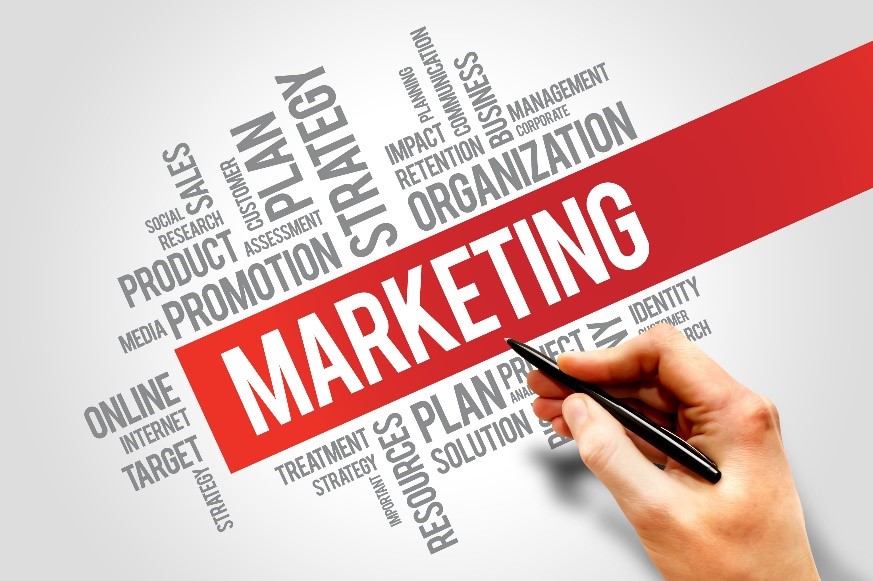
Going beyond product descriptions to describe your brand by telling a small business story on your website that customers want to hear
When consumers browse online, they typically think about types of products they can buy, or are simply looking to learn more about an industry. Many websites make the mistake of focusing too much on making the sale and not on introducing a customer to their brand.
A great goal for any business website is to engage customers on a brand level. A good website effectively conveys the identity of that brand by showing potential customers what the company is about, the importance of its work, and the people who drive its success.
Companies and organizations shouldn’t limit themselves to product promotion alone. Instead, a website should give people a deeper understanding of what’s behind the product through its look, feel and how it engages the audience. This builds trust between business and consumer. So, it’s important to think about the specific ways each page reaches people.
Check out these tips for non-conventional sales pages that help to grow your brand and tell a story to potential customers.
Landing Page Innovation
The landing page is the first impression a company gives its visitors. However, it can be difficult to identify where new users enter the site.
Enter the world of SEO analytics.
By leveraging search console, marketing teams understand where people enter their site. The key, however, is to understand which keywords drive clicks and which keywords are non-branded, meaning the user does not know about your company when they enter the site.
The clicks by page report looks something like this:
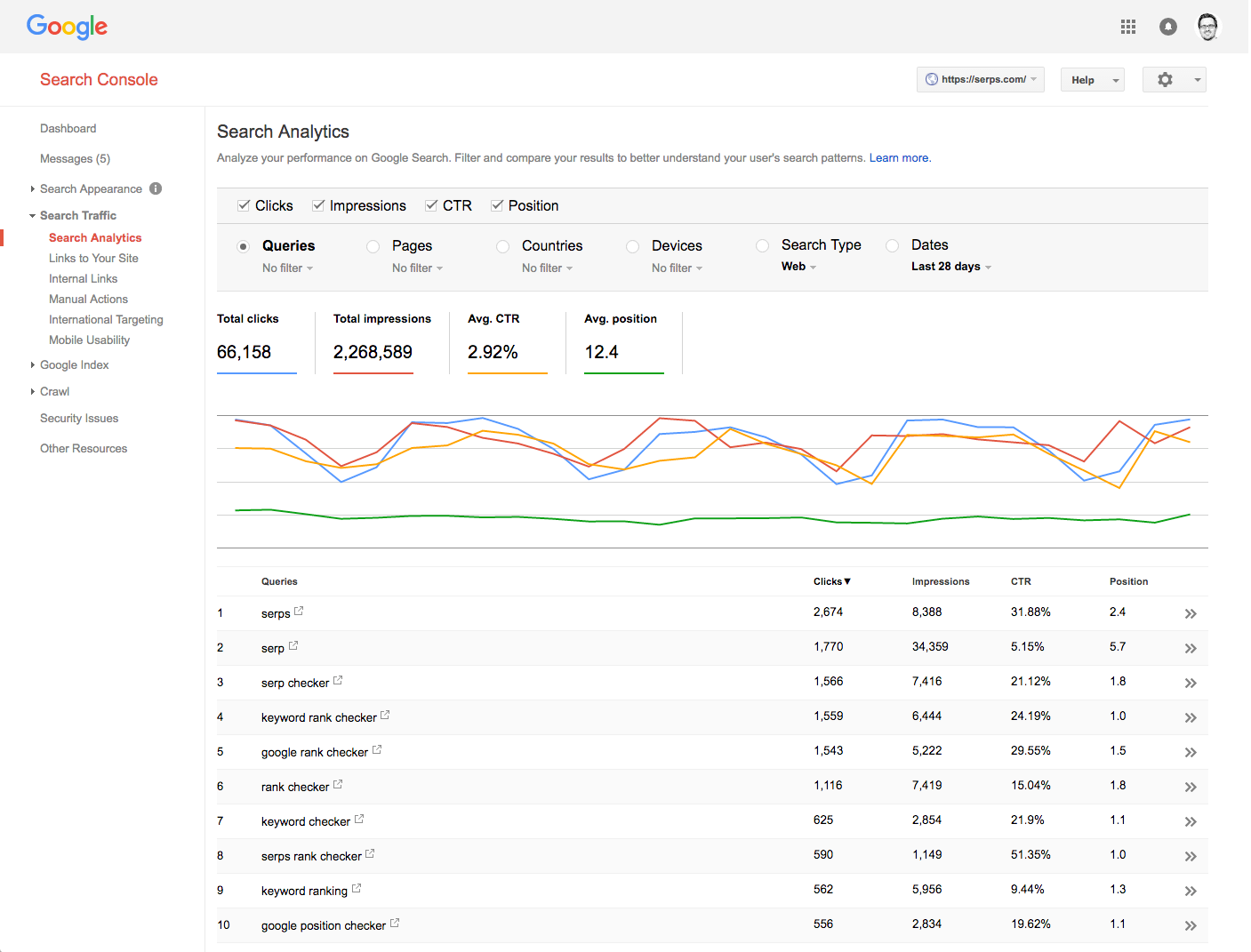
In the example above, the fourth keyword is a non-branded term, and it’s likely new visitors won’t know a lot about the SERPs company. Here we see the perfect opportunity to tell a story that engages new customers.
Pro tip: Search Console only allows a limited number of clicks to be reported. Get more click data by using Google Sheets Add-ons and connect with your Search Console. Check out this resource for more information.
Once the site’s most common landing pages are identified, it’s time to speak to the audience even further. Depending on the keywords that drive the most clicks, websites can write about the overall business, or the story of how a business found its particular niche. Don’t be afraid to add some brief company history and some information surrounding company values.
It’s astonishing how a popular backstory can resonate with potential customers. When new clients can relate on a personal level, everyone wins. Presentation on the intro page is paramount because the impact of a first impression cannot be discounted.
Leverage the About Page
When people click to the About page, they usually want questions answered like: Who are you? Where are you located? What does your business do? Why did you get into this type of business?
Though this information seems boring, websites that make it interesting will effectively enhance a user’s experience. Visitors like to stay engaged, and want to stay engaged. So if the about page has boring content, they’ll likely leave quickly.
What are some ways to engage them?
Try including images of the workplace, various products, employees, or office location. An interactive element, like a moveable timeline, video, or other media based content, is a great way to draw people’s attention.
Check out this example from Guava Family:
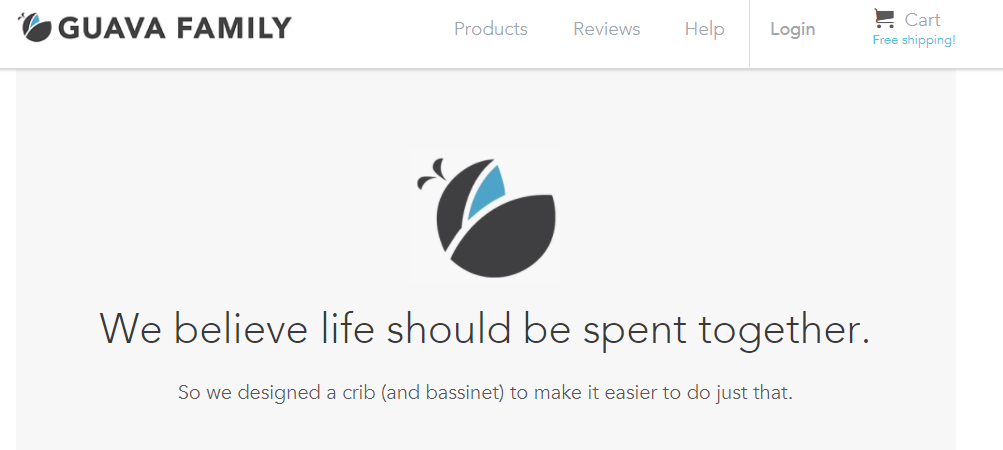
The sentiment here focuses on the company dedication to making family life easier. Notice that it doesn’t try to shove product down the user’s throat, or give background on the company. Instead, it conveys the company’s purpose by demonstrating value that a customer can easily digest and relate to. This is a great example of building a brand’s story and value without feeling like it’s “selling” to the customer.
An effective variation on the About page is the “Learn” page. Instead of simply providing information about the company itself, the Learn page can also dive deeper into various products. This type of page works well for businesses that sell a more complex product or service, or when details truly matter to visitors.
Check out this example of a Learn page from Elastic.co:
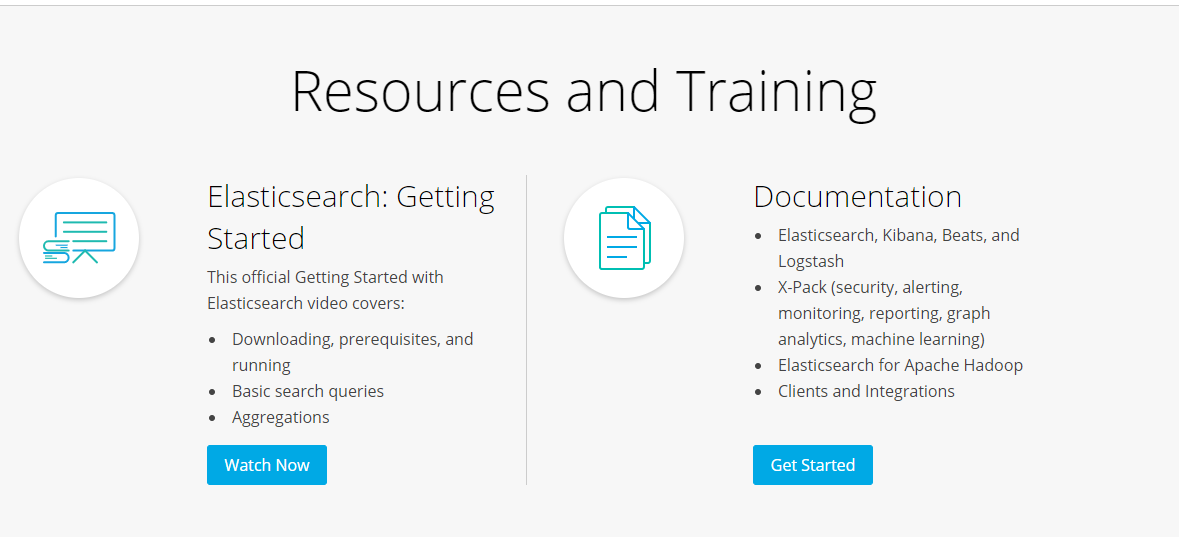
The example above clearly outlines the main suite of products, but it also provides additional resources for visitors to learn more about them.
Leadership or Staff Pages
Consumers like to learn about the people behind a brand. While new consumers may be primarily concerned with products, returning customers will feel more connected to their brand if they know about the brand leadership.
So what does that have to do with how people interact with your site? It’s very simple – people like faces.
Yes, faces! A leadership page should feature photos of the leaders and staff behind that drive company and brand innovation. Connecting with the individuals who work at a company humanizes the experience for consumers. This effectively presents the business as it is; a collection of individuals working together toward a common goal.
Check out this example from outdoor supply company Uncharted:
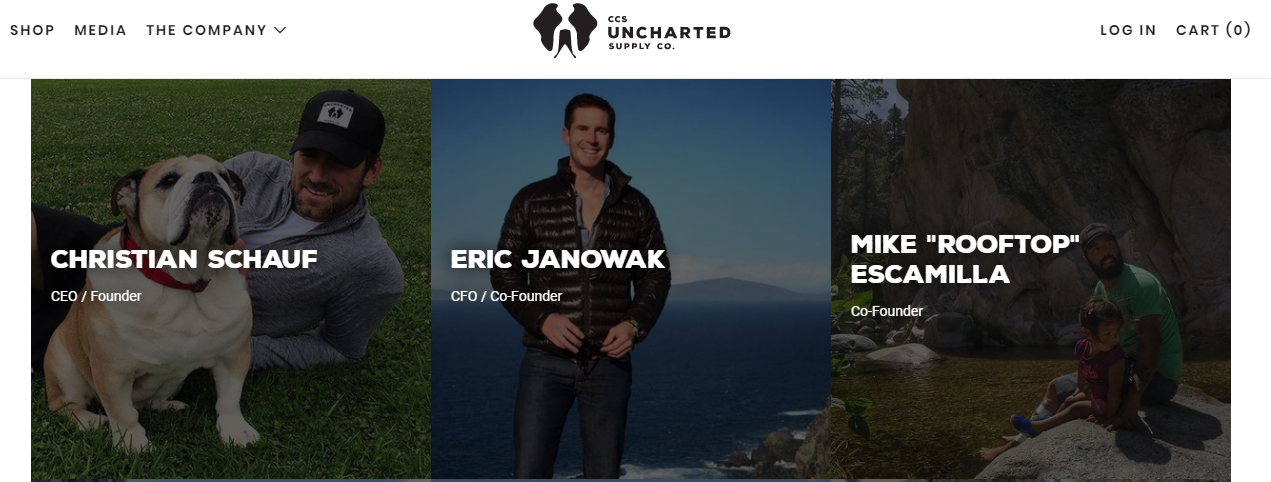
Not only do we see faces, but we see a general outdoor vibe. This example effectively shows the faces of the people behind the brand, and the joy of everyday life through other means (kids, dogs, etc.). By doing so, the page helps tell a deeper story behind the brand values.
This page can also be a great tool for communicating company culture. What is it like in your office? Do people enjoy working there and why is that so? Communicating the daily life behind a business is another perfect opportunity to humanize the company for its customers. This draws customers in a natural way. People like to connect with people, not faceless corporations or institutions.
Check out more great examples of staff pages here.
Customer Driven Content
Positive feedback from satisfied customers can be reincorporated as marketing material. How can this be done? By collecting testimonials, reviews, and other related input from customers and highlighting them on your website.
The big brands are doing this as well. Check out this example from HP:
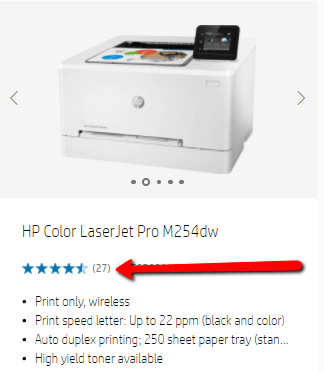
Testimonials can include a wide range of formats. Post small text blocks of what your customers said voluntarily after they made their purchase, or set up customers with a post-purchase survey via email or on paper and ask for feedback. Not only will this content help build trust with new customers, it will also add relevant keyword rich copy each page and boost organic search rankings.
Pro Tip: Add schema markup to reviews on product pages so the “stars” are populated in Google’s search results. Here is more information on this tactic.
Consider video testimonials too. In today’s world of mobile phones, recording video is easier than ever. Professionally recorded video always looks better, and if it’s in the budget, do that. But even simple, interview-style videos can be a great marketing tool to employ because they demonstrate that there’s little need to “clean up” customer comments.
Check out more information about video testimonials here.
How else can a site set itself apart?
There are a few other digital tools that can be handy to have around. When you want to differentiate your company online, it pays to be creative.
Custom or unique 404 pages let your customers know you’re paying attention to them. Funny or non-traditional messages on 404 pages can prevent frustration from customers. Check out this example from Coinlookup. It’s uncomfortable for potential clients when they can’t get the information they want. Break up their day with some humor, or silly yet appropriate messages on 404 pages that direct them to other solutions.
Define the brand through website design. It pays to have a great layout and excellent color themes for online presence, despite what some naysayers might think. As we’ve seen, the importance of design stems from the initial impression it gives the user. While it’s true that search-engines like text, it’s important to remember that people don’t think like search-engines. People are creatures that like organized, easy to follow, simple and beautiful design. Make the website visit pleasurable, not a pain.
Here is a great resource on website design from Shortie Designs.
Consider non-intrusive interstitials (pop-ups). Two or three extra clicks to find SUBSCRIBE boxes or contact forms are a hassle. Pop-ups take away the extra work of finding important information. Companies like Sumo can create interstitials that will trigger based on a user’s interaction with your page.
The website is as important as any product
We’ve talked about some specific steps that improve a customer’s online experience. Is it worth it to devote more time, energy, and work to improving the online experience for your customers? The answer is a resounding yes.
Don’t let your website story be an afterthought. Customers enjoy connecting with brands that are personable and interesting. Remember that industries are not always interesting, but people almost always are.



